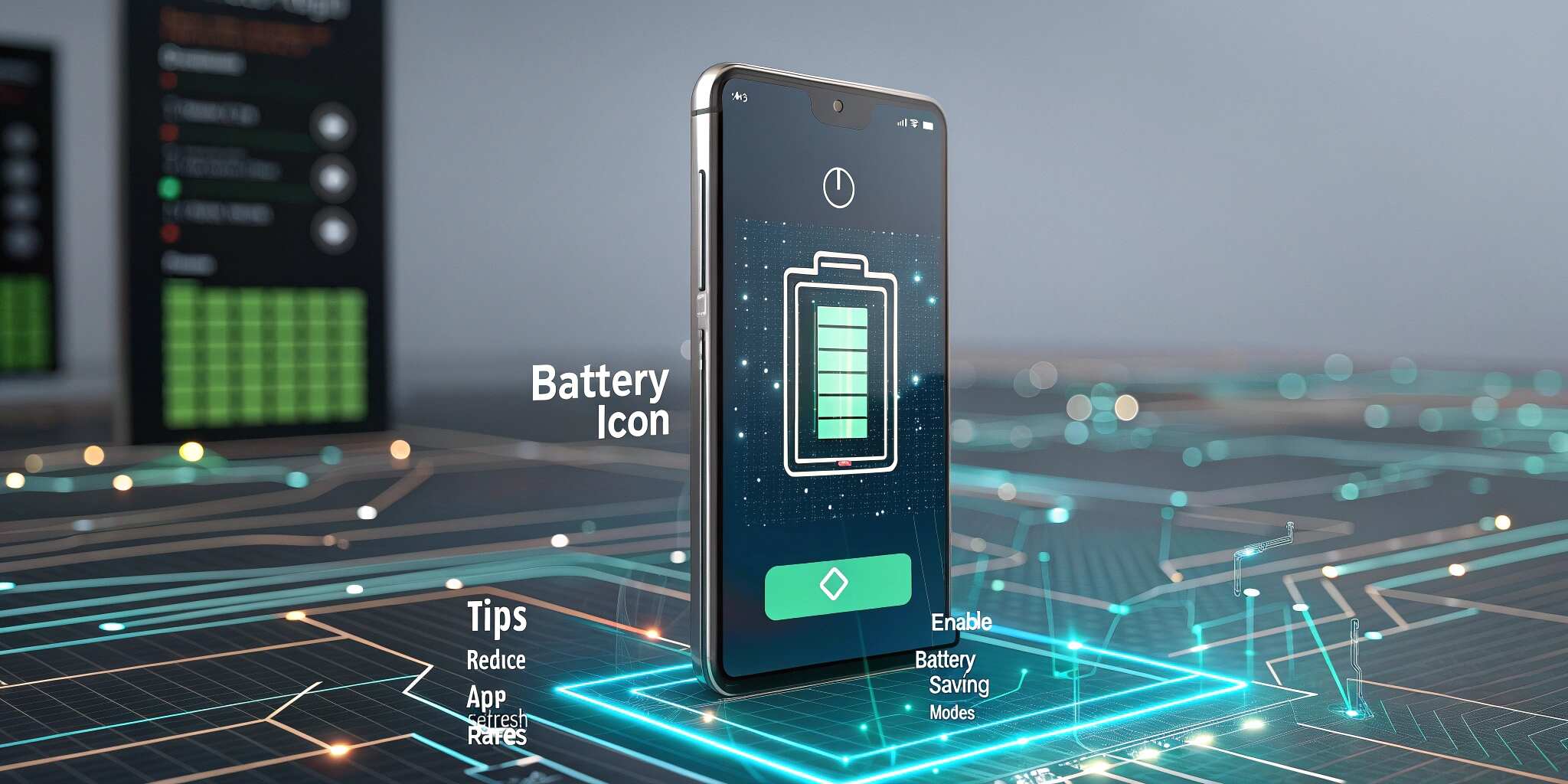Battery life is a top concern for mobile users—and a critical success factor for app developers. Apps that drain power unnecessarily tend to be uninstalled or poorly reviewed. Fortunately, Android offers several tools and strategies to help developers optimize their apps for battery efficiency. Here’s how to do it effectively.
Why Battery Optimization is Crucial
- Improves user satisfaction and app ratings.
- Increases retention by preventing app uninstalls.
- Ensures compliance with modern Android OS restrictions.
- Promotes responsible power usage across all devices and use cases.
Top Techniques to Optimize Android Apps for Battery Life
1. Use Efficient Background Task Scheduling
Schedule background tasks intelligently using Android’s modern scheduling tools. Tasks should run only when necessary and under favorable conditions, like when the phone is charging or connected to Wi-Fi.
2. Limit Wake Locks and System Interruptions
Wake locks keep the device from sleeping, draining the battery quickly. Ensure that your app doesn’t keep the device awake unnecessarily, and always allow the system to enter low-power states when possible.
3. Optimize Location Services
Location tracking can be one of the biggest battery hogs. Use low-power location modes and avoid constant updates. Only request location data when it's essential for the app's function.
4. Batch Network Requests
Frequent and repeated data requests can quickly drain the battery. Group network calls together and schedule them during times of low usage or when the device is idle to save energy.
5. Respect Doze Mode and App Standby
Modern Android versions include features like Doze Mode and App Standby that restrict background activity. Design your app to work with these features, not against them, to avoid being throttled or restricted by the system.
6. Reduce UI Redraws and Resource-Heavy Animations
Constant UI updates or excessive animations can use more CPU and GPU, which increases battery drain. Only update the user interface when necessary, and use animations sparingly.
7. Monitor Energy Usage with Android Tools
Android Studio offers built-in profilers that help you track how much power your app consumes. Use these tools to detect high-energy operations and optimize them during development and testing.
8. Optimize Data Storage and Disk Access
Frequent writes to disk or loading large files can consume significant power. Minimize storage operations and use caching where possible to reduce repeated data access.
Bonus Tips
- Avoid keeping services running in the foreground if not absolutely required.
- Offer dark mode support for devices with OLED displays.
- Schedule syncs and updates intelligently rather than continuously.
Tools to Help You Optimize Battery Life
- Android Studio Profiler – Visualize CPU, memory, and energy usage in real time.
- Battery Historian – Analyze detailed battery usage over time.
- ADB Commands – Useful for generating battery stats on test devices.
Conclusion
Battery optimization is essential for building high-quality Android apps in 2025 and beyond. By respecting Android’s background limits, optimizing resource usage, and designing smart interactions, you’ll not only save power but also improve your app's reputation and user retention.
A well-optimized app is more than just functional—it’s respectful of the user's device and experience.


